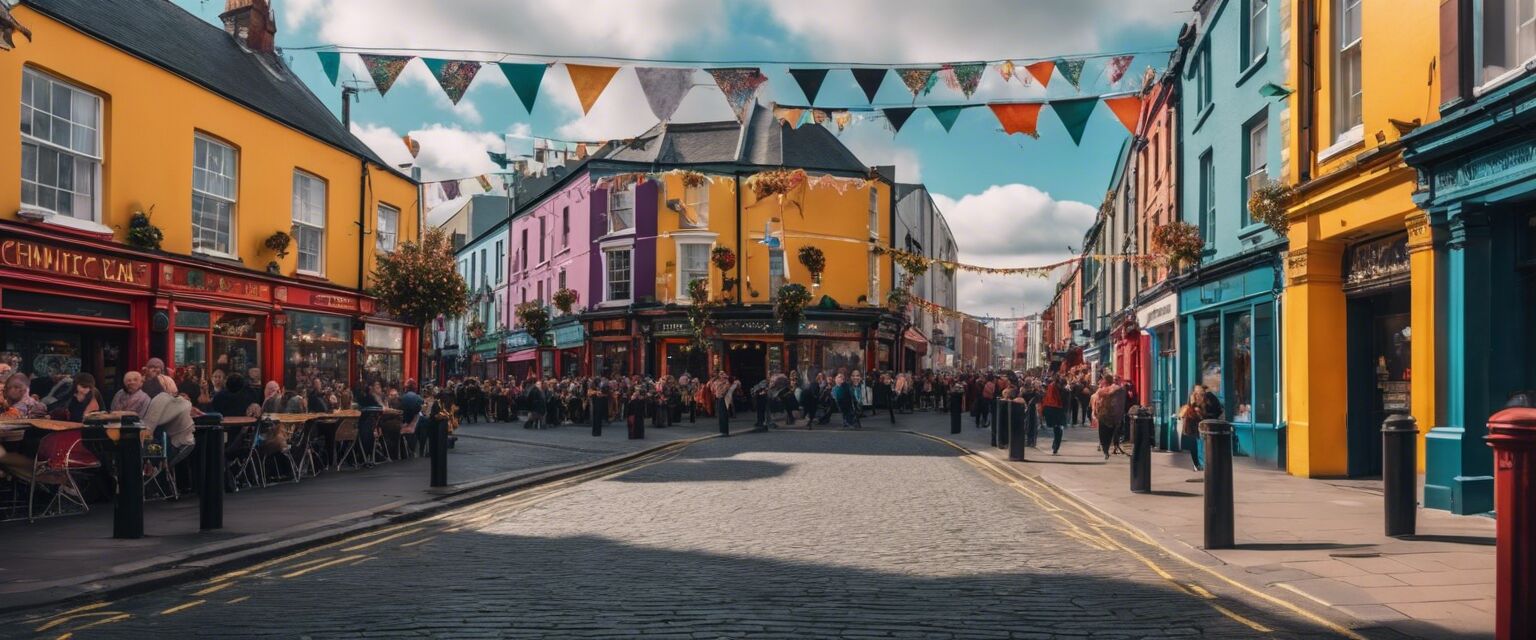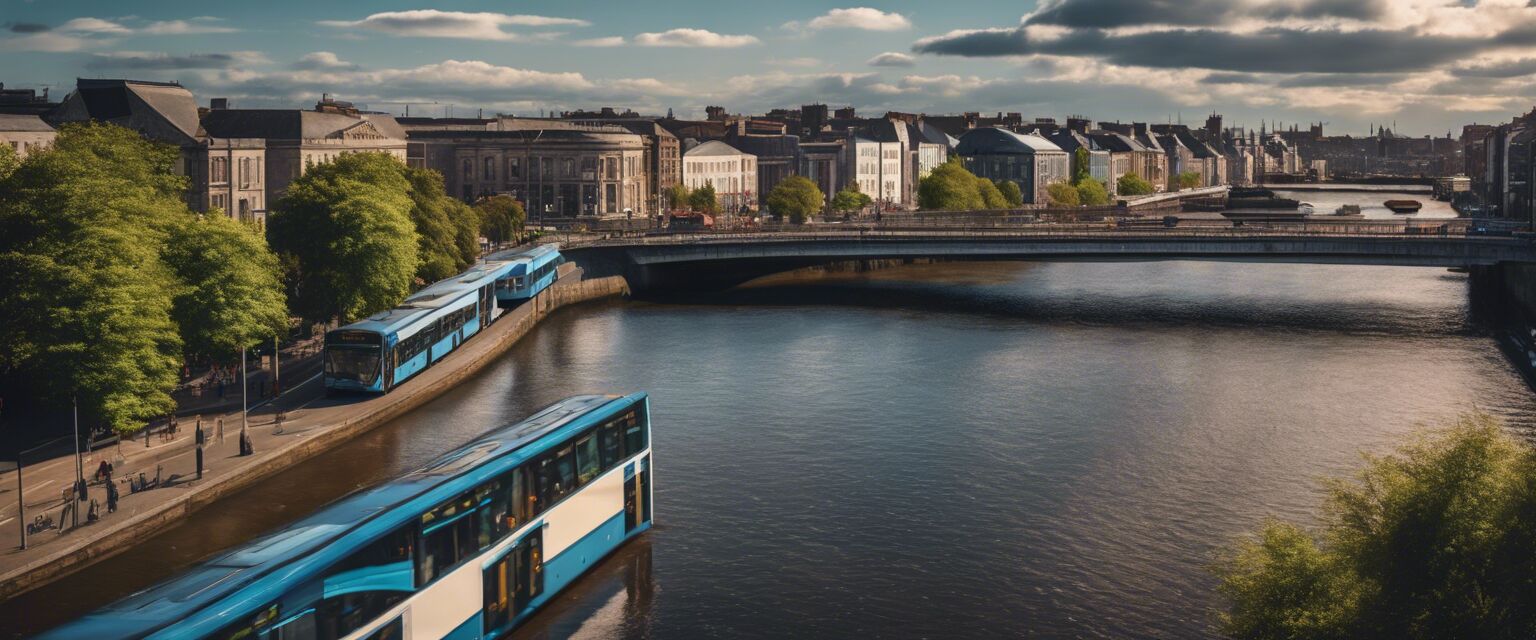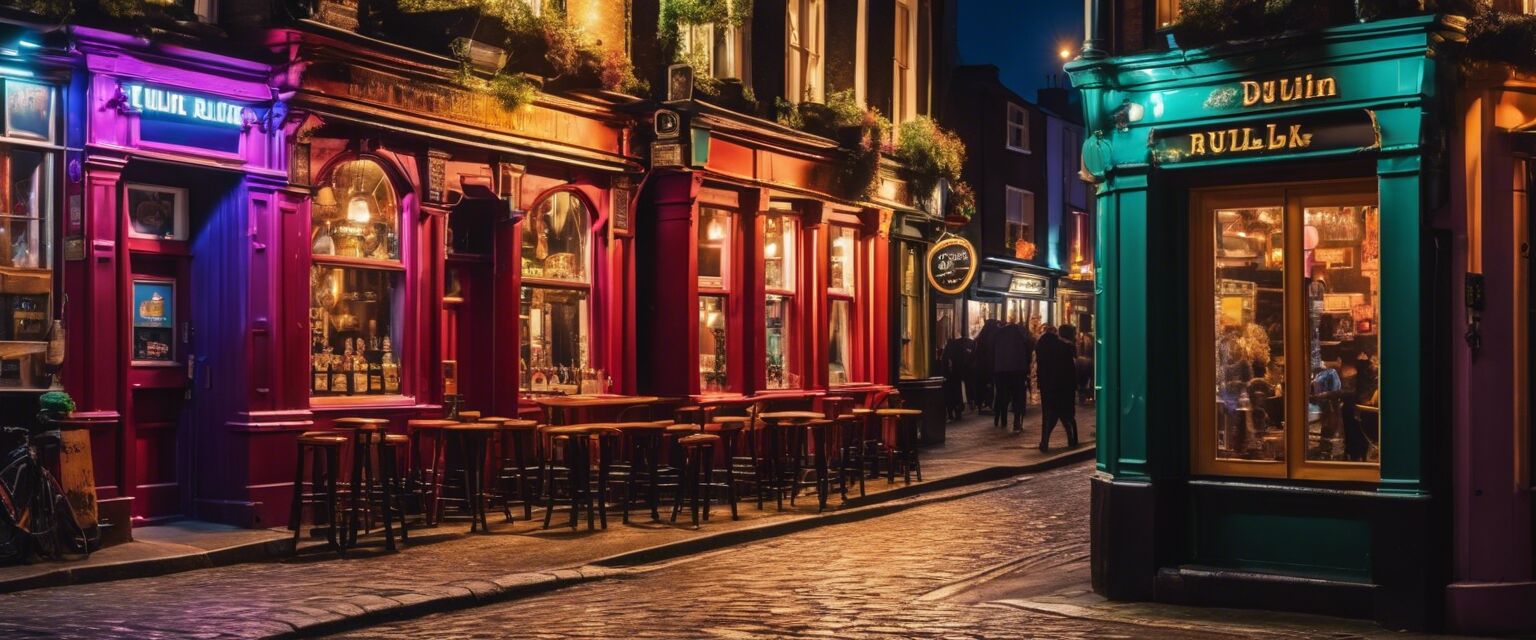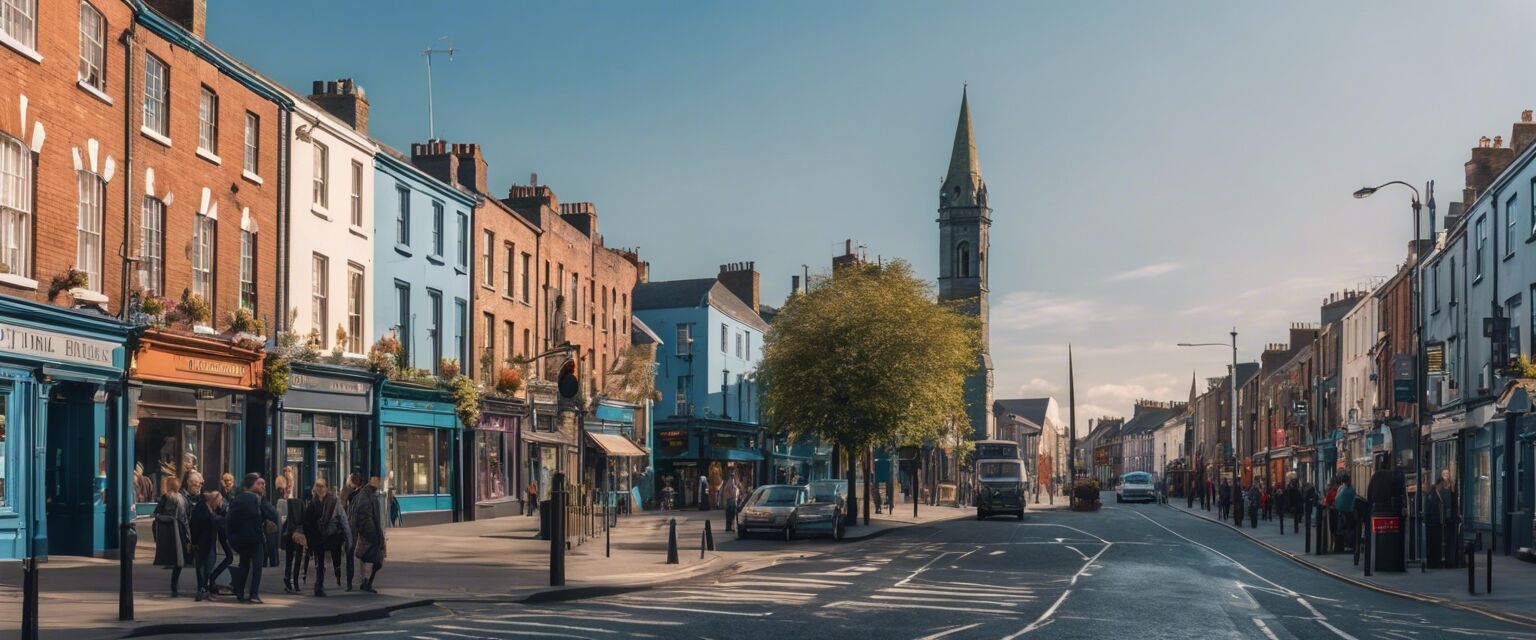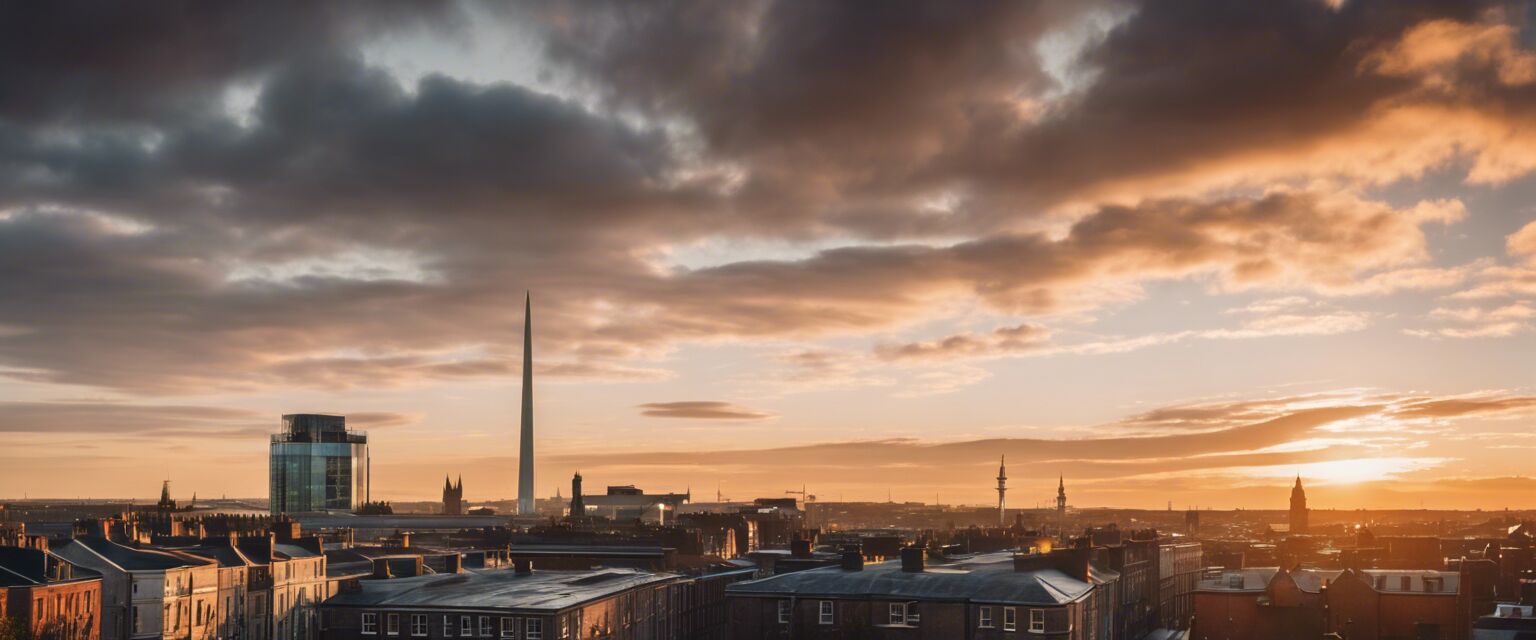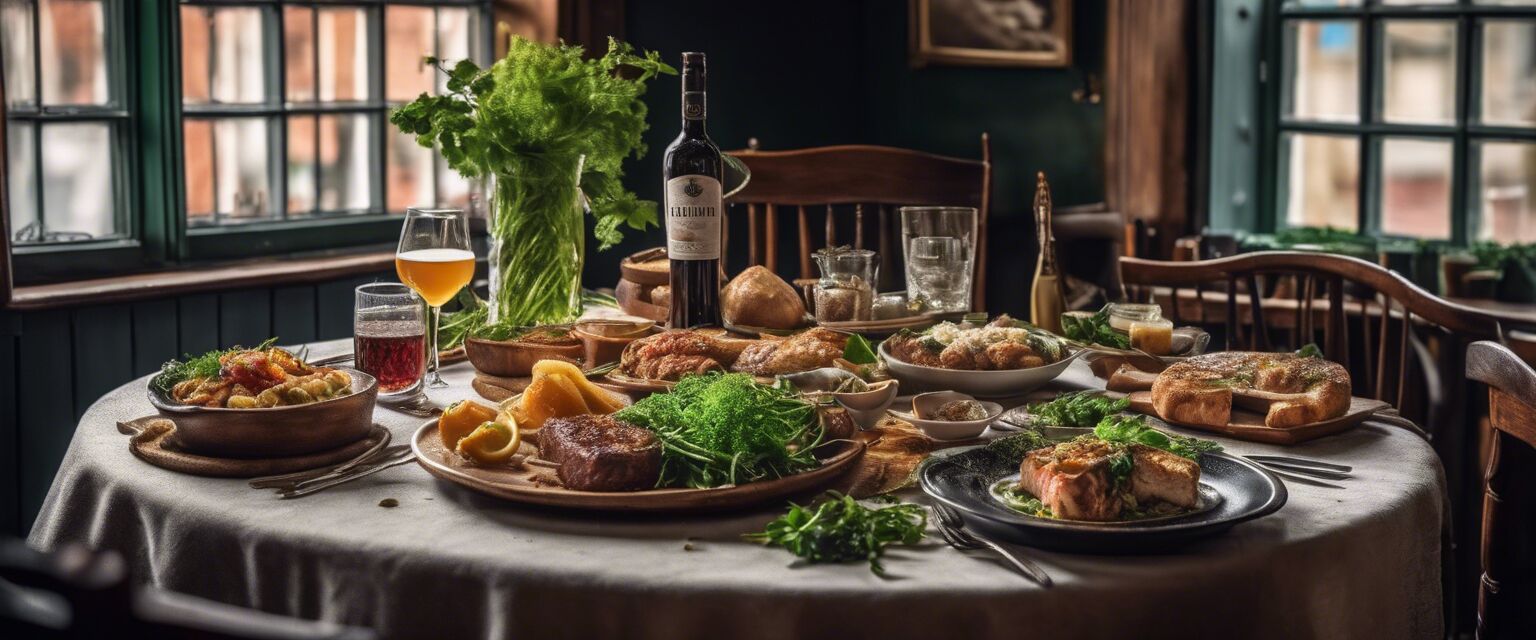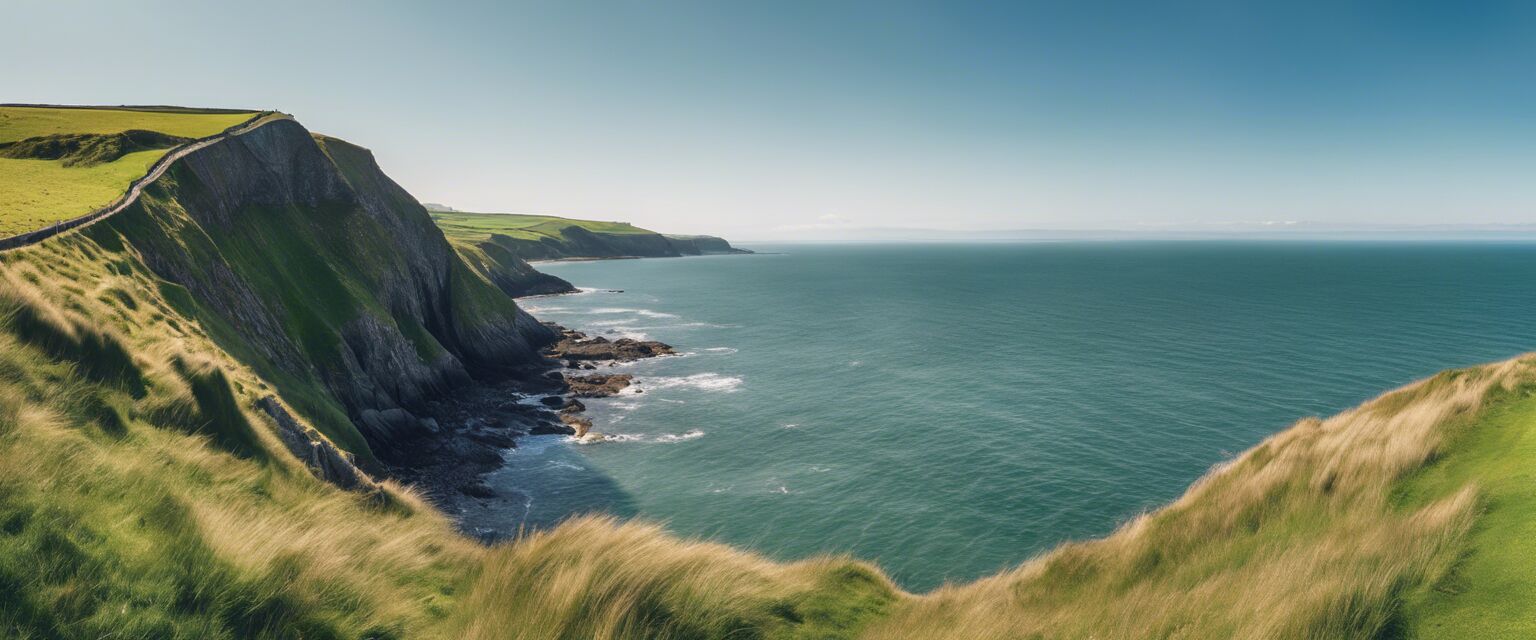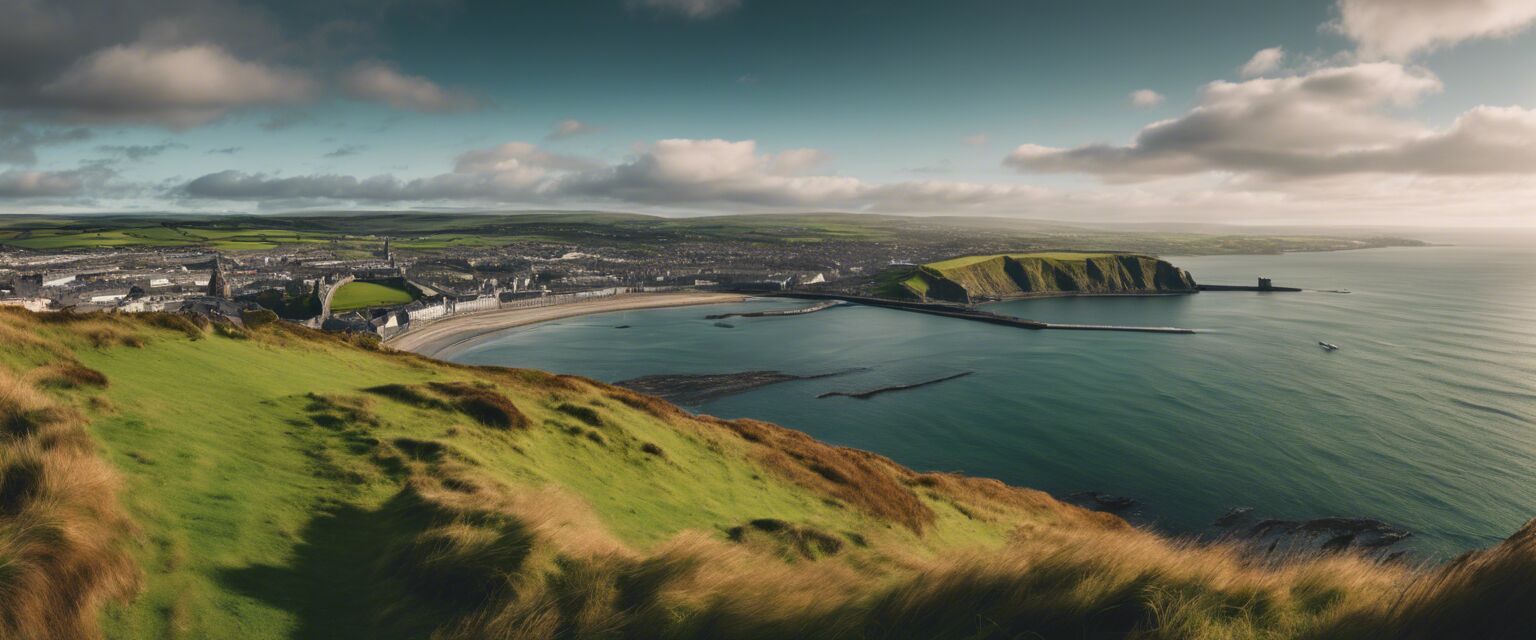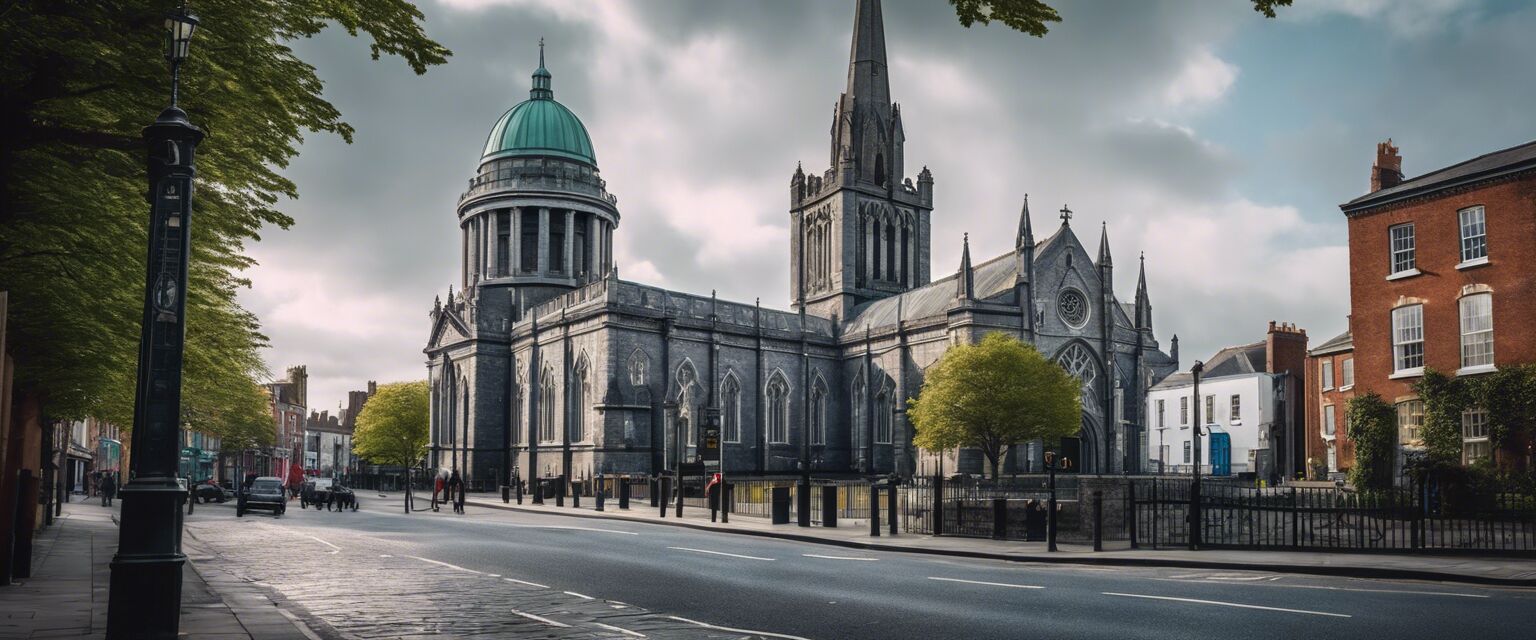
Dublin Historical Sites
- Dublin is rich in history with numerous historical landmarks and sites.
- Exploring these sites offers insight into Ireland's cultural heritage.
- Major historical sites include Dublin Castle, Kilmainham Gaol, and Trinity College.
- Many sites are accessible by public transport, making them easy to visit.
- Plan your visit with our tips for the best experience.
Welcome to our exploration of Dublin's historical sites. This city is a treasure trove of history and culture, offering visitors a chance to see remnants of its storied past. From ancient castles to modern museums, Dublin is home to a variety of sites that reflect its journey through time.
Top Historical Landmarks in Dublin
Here are some of the most significant landmarks worth visiting:
| Landmark | Year Established | Highlights |
|---|---|---|
| Dublin Castle | 1204 | Former seat of British rule in Ireland |
| Trinity College | 1592 | Home to the Book of Kells |
| Kilmainham Gaol | 1796 | Important site in Irish history |
| St. Patrick's Cathedral | 1191 | Largest cathedral in Ireland |
| Christ Church Cathedral | 1028 | Famous for its medieval architecture |
Dublin Castle
Dublin Castle has played a central role in Ireland's history, serving as the seat of power for several centuries. Today, it hosts government functions and is open to the public for tours. The stunning architecture and gardens make it a must-see.
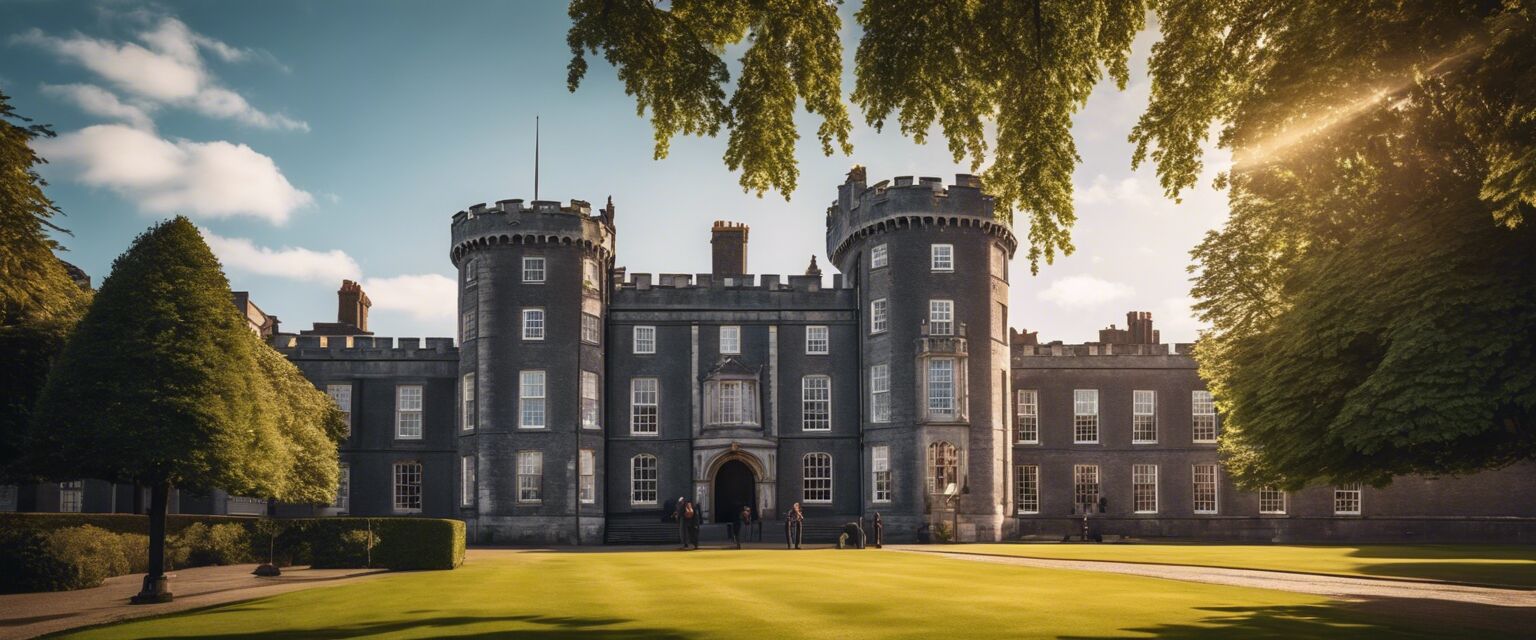
Trinity College
Trinity College is renowned for its impressive library and the famous Book of Kells. Visitors can explore its lush grounds and admire its historic buildings.
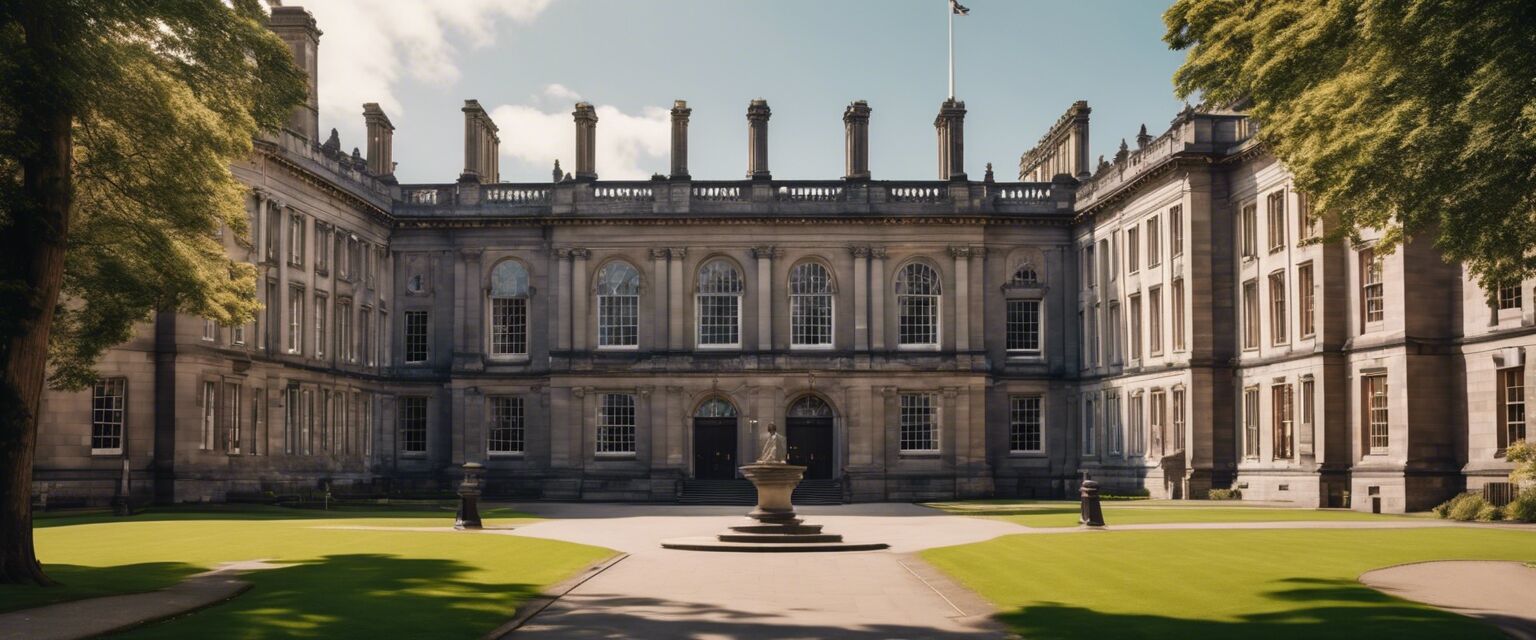
Kilmainham Gaol
Kilmainham Gaol is a historic prison that provides insight into the struggle for Irish independence. Guided tours offer a deep dive into its past, making it an essential stop for history buffs.
St. Patrick's Cathedral
The largest cathedral in Ireland, St. Patrick's Cathedral is a stunning example of gothic architecture. Its peaceful gardens and rich history make it a delightful place to visit.
Planning Your Visit
- Public Transport: Dublin's extensive bus and tram system makes it easy to reach most historical sites.
- Walking Tours: Consider joining a guided walking tour to get more insights into the city's history.
- Admission Fees: Some sites may have admission fees, so check in advance.
- Opening Hours: Research opening hours as they can vary by season.
Tips for Beginners
- Start at popular sites like Dublin Castle and build your itinerary from there.
- Wear comfortable shoes as there is a lot of walking.
- Donât forget your camera; you'll want to capture the beauty of these landmarks!
- Check local events; sometimes there are free tours or exhibitions available.
Conclusion
Exploring Dublin's historical sites is an enriching experience. With its blend of ancient and modern, the city offers something for everyone. Make sure to plan your visit effectively to enjoy all the history Dublin has to offer.
Pros
- Rich historical narrative throughout the city.
- Accessible public transport to many sites.
- Variety of attractions suitable for all ages.
- Beautiful architecture and stunning landscapes.
Cons
- Can be crowded during peak tourist seasons.
- Some sites charge for admission.
- Weather can be unpredictable.
Additional Resources
For more information on experiences around Dublin, check out our other sections:
